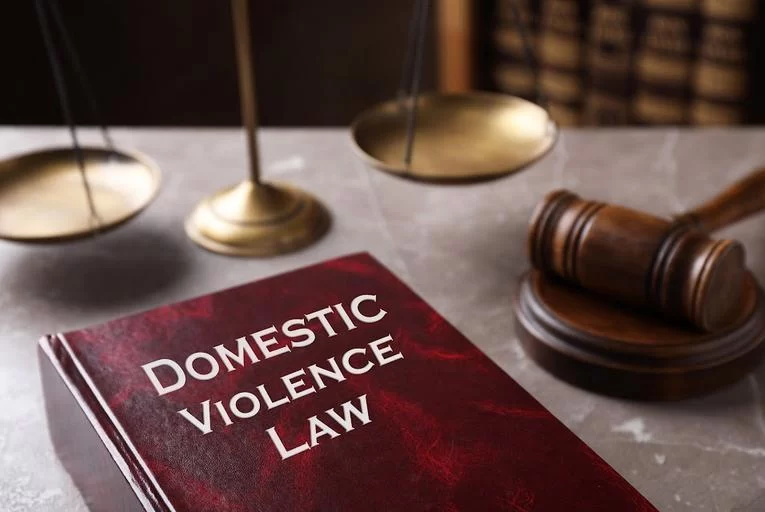- Understanding Domestic Violence Protection Orders
- Steps to Obtain a Domestic Violence Protection Order
- Legal Advice and Support Services for Victims
- Real-Life Case Study: Navigating Protection Orders
- Importance of Professional Legal Guidance
Understanding Domestic Violence Protection Orders
Domestic violence protection orders (DVPOs) are legal tools designed to safeguard individuals who face abuse or threats from intimate partners, family members, or cohabitants. These orders aim to limit contact and prevent further harm by legally restricting the abuser’s behavior. Understanding the scope and power of these orders is crucial for anyone seeking protection.
Protection orders may include prohibitions against physical violence, stalking, harassment, and sometimes even require the abuser to vacate the shared residence. They vary in duration and enforcement depending on jurisdiction, but their primary purpose remains consistent: ensuring the victim's safety and peace of mind.
It is essential to know that obtaining a protection order is not a criminal conviction but a civil remedy that offers immediate legal protection while more comprehensive legal action may be underway. This distinction often confuses victims but is vital for understanding the legal process.
The types of protection orders commonly available include:
- Emergency or temporary protection orders, granted quickly to address immediate threats.
- Full or permanent protection orders, typically issued after a court hearing with evidence presented.
- Mutual restraining orders in cases where both parties claim abuse, though these are less common.
Steps to Obtain a Domestic Violence Protection Order
Getting a domestic violence protection order can seem overwhelming, but breaking down the process helps clarify what to expect and how to prepare effectively. Here is a detailed walkthrough:
1. Document the Abuse
Start by gathering all evidence of abuse or threats, including photos of injuries, threatening messages, police reports, and witness statements. This documentation will be critical when filing for protection.
2. File a Petition with the Court
The victim or their legal representative submits a formal petition to the appropriate court. This document outlines the nature of the abuse and requests specific protections.
3. Temporary Protection Order Hearing
In many cases, the court may issue an emergency protection order quickly, without the abuser present, if immediate danger is evident. This order lasts until a full hearing can be scheduled.
4. Full Hearing
The court holds a hearing where both parties can present evidence and testimony. Legal advice is essential here to navigate the complexities and advocate effectively for protection.
5. Final Protection Order Issued
If the court finds sufficient evidence, a full protection order is issued, which may include conditions like no contact, surrender of firearms, or exclusive residence rights.
Legal Advice and Support Services for Victims
Legal advice for domestic violence protection orders is critical, as many victims are unfamiliar with the court system and their rights. Seeking specialized legal support ensures that protection orders are correctly filed, enforced, and renewed if necessary.
Organizations and lawyers focusing on domestic violence cases can help victims understand:
- The types of protection orders available and which is most appropriate for their situation
- How to prepare compelling evidence and legal arguments
- Options for related legal actions, such as custody or divorce
- How to safely communicate with courts and law enforcement
For those needing expert guidance, Fred Miller Lawyer offers trusted, compassionate legal advice tailored to the unique circumstances of domestic violence protection orders. Their experience ensures victims get the most effective protection and support throughout the process.
Real-Life Case Study: Navigating Protection Orders
Consider the case of Sarah, a woman who faced escalating threats from her partner. After enduring verbal and physical abuse, she was unsure how to proceed legally. With guidance from a specialized attorney, Sarah filed for a domestic violence protection order.
The legal team helped her collect evidence including text messages and medical reports, drafted a clear petition, and prepared her for court hearings. The temporary order was granted within 24 hours, providing immediate safety. At the full hearing, the court issued a permanent protection order that included strict no-contact conditions and mandated counseling for the abuser.
Sarah's case exemplifies how detailed legal advice and professional support can turn a frightening situation into one where victims regain control and security.
Importance of Professional Legal Guidance
Attempting to navigate domestic violence protection orders without legal advice can leave victims vulnerable to procedural mistakes or insufficient protection. Courts require detailed evidence and proper documentation to grant these orders effectively.
Professional lawyers can also advise on related issues such as child custody, financial support, and long-term safety planning, which often intersect with protection orders. The emotional toll of domestic violence means legal processes can be stressful; having a knowledgeable advocate reduces this burden.
For those facing these challenges, consulting with experienced legal professionals like Fred Miller Lawyer provides clarity, strategic support, and reassurance. Their services empower victims to protect themselves legally while focusing on healing and rebuilding their lives.
Understanding your rights and the legal processes involved in domestic violence protection orders is the first step toward safety. With the right legal advice and support, victims can confidently pursue the protection they deserve.


 jim alder attorney
jim alder attorney mulvaney law offices
mulvaney law offices brad bailey attorney
brad bailey attorney law offices of stephen santucci pc
law offices of stephen santucci pc kohn law office
kohn law office 805 3rd ave ny
805 3rd ave ny